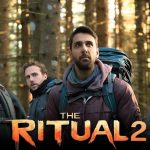Into the Wild (2007)
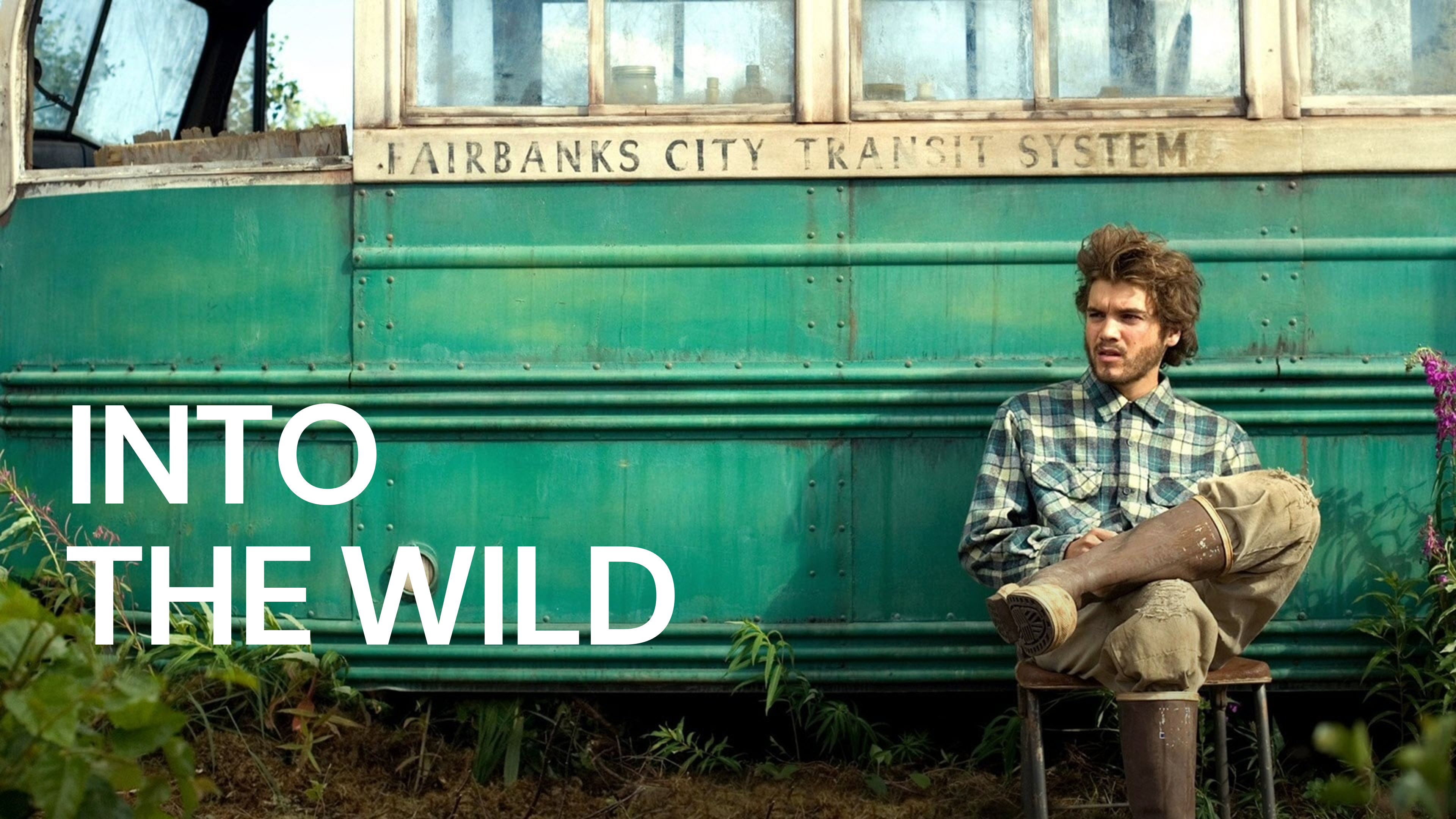
Into the Wild (2007), directed by Sean Penn, is a biographical adventure drama based on Jon Krakauer’s 1996 non-fiction book of the same name. The film chronicles the true story of Christopher McCandless, portrayed by Emile Hirsch, a young man who abandons his conventional life in pursuit of freedom and self-discovery in the wilderness of Alaska. Set against a backdrop of rugged landscapes and profound philosophical musings, the film delves into themes of individuality, societal expectations, and the complex relationship between humans and nature.
The story begins in 1990, when McCandless graduates from Emory University with top honors. However, instead of following the expected path of career and material success, he donates his life savings to charity, cuts ties with his family, and embarks on a cross-country journey under the alias “Alexander Supertramp.” His decision is driven by a deep dissatisfaction with societal norms and a yearning for a more authentic existence free from consumerism and superficial relationships.
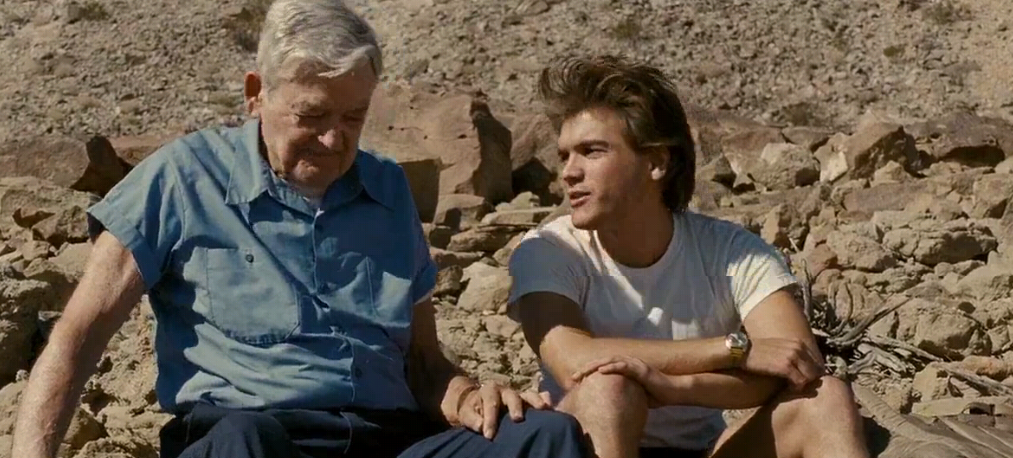
As McCandless traverses the American landscape, the film interweaves flashbacks of his troubled family life. His parents, played by Marcia Gay Harden and William Hurt, represent the conventional, success-driven lifestyle that he rejects. Their constant conflicts and emotional detachment fuel Christopher’s desire to escape and seek meaning in solitude.
Throughout his journey, McCandless encounters a diverse array of people who shape his understanding of life and human connection. Jan and Rainey, portrayed by Catherine Keener and Brian H. Dierker, are nomadic travelers who introduce him to the joys of a simpler, communal existence. Kristen Stewart’s character, Tracy, represents a fleeting romantic possibility, but Christopher remains committed to his solitary path. One of the most impactful relationships he forms is with Ron Franz, played by Hal Holbrook, an elderly man who offers Christopher wisdom, companionship, and a poignant glimpse of the family bond he never fully embraced. Ron’s heartfelt plea for Christopher to reconsider his isolation highlights the emotional weight of human connections that McCandless consistently distances himself from.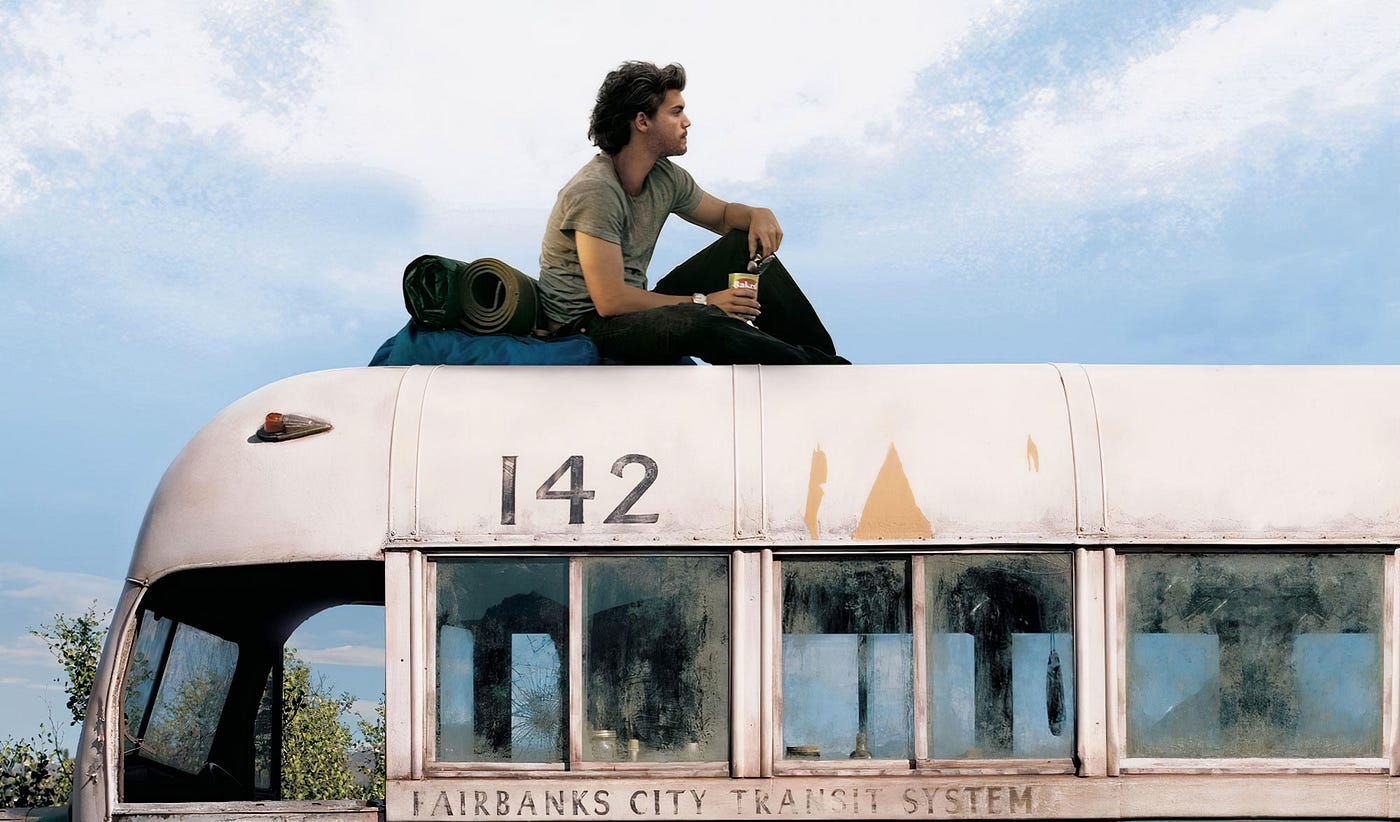
Visually, Into the Wild captures the breathtaking beauty and harshness of nature. Cinematographer Eric Gautier masterfully showcases the vast, untouched landscapes of the American West and Alaska, emphasizing both the allure and danger of wilderness life. The natural world is portrayed as both a sanctuary and an unforgiving force, mirroring Christopher’s internal journey from idealism to harsh reality.
The film’s soundtrack, composed primarily by Eddie Vedder of Pearl Jam, enhances the emotional depth of the narrative. Songs like “Society” and “Hard Sun” underscore the themes of independence and existential contemplation, blending seamlessly with the film’s reflective tone. Vedder’s raw, acoustic style complements the film’s stripped-down, intimate atmosphere, making the music an essential part of the storytelling.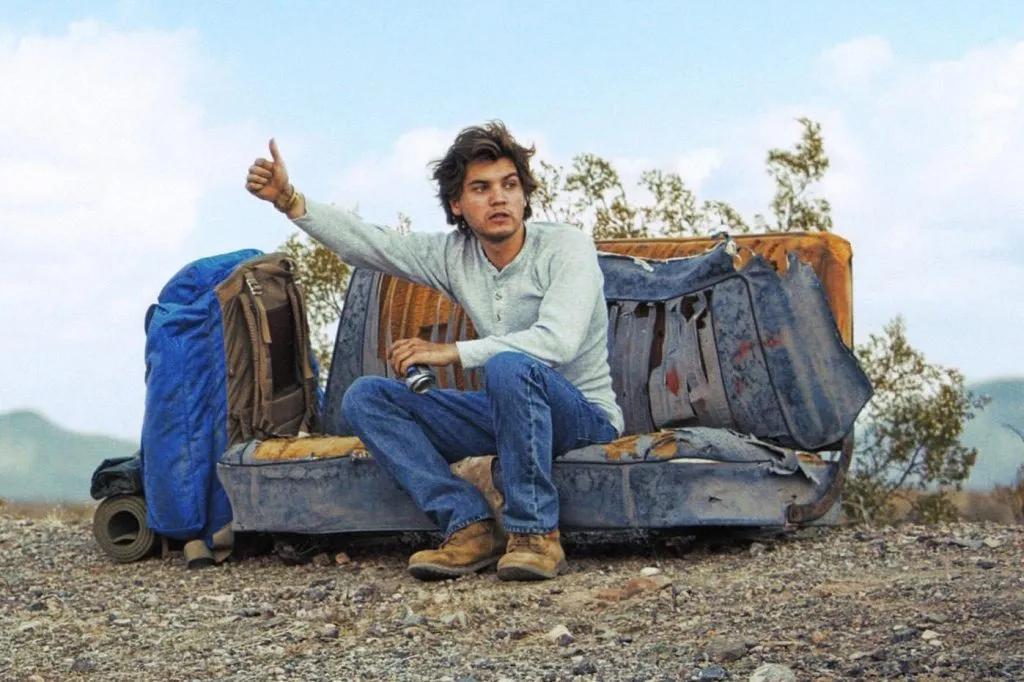
As Christopher finally reaches the Alaskan wilderness, he establishes a solitary life in an abandoned bus, which he calls “The Magic Bus.” Here, his philosophical quest culminates in both triumph and tragedy. Initially, he revels in his self-reliance and spiritual connection with nature. However, as the seasons change and resources dwindle, he faces the brutal reality of survival. Stranded and weakened, Christopher confronts the consequences of his isolation and begins to understand the value of human connection. His journal entries evolve from triumphant declarations of independence to somber reflections on the human need for companionship.
The film’s emotional climax comes when McCandless realizes, too late, that “happiness is only real when shared.” This epiphany underscores the irony of his journey: while seeking freedom and self-fulfillment in solitude, he ultimately discovers that true meaning lies in shared experiences. His tragic death, caused by accidental poisoning from wild plants, serves as a sobering reminder of the fine line between romanticized adventure and the unforgiving reality of nature.
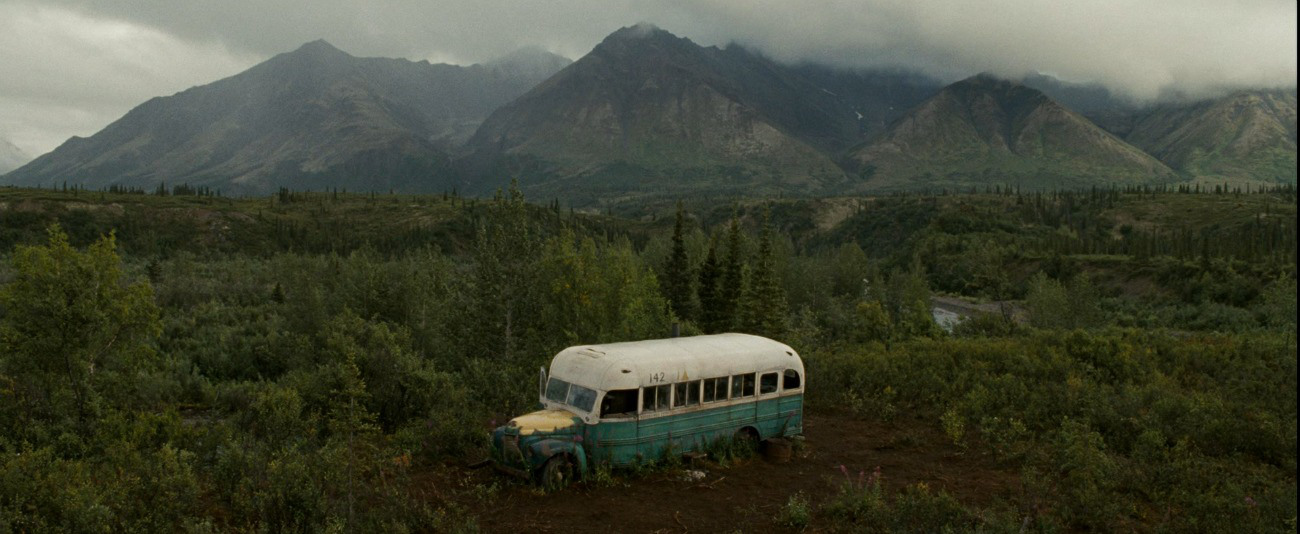
Into the Wild is a powerful meditation on the human desire to escape societal constraints and reconnect with the primal essence of life. Through McCandless’s story, the film invites viewers to question their own values and the cost of personal freedom. It neither glorifies nor condemns his choices but presents a nuanced exploration of his journey, leaving the audience to ponder the balance between independence and connection, idealism and practicality.
In the end, Into the Wild stands as a poignant tribute to the complexities of the human spirit, the allure of nature, and the eternal quest for meaning. It resonates with anyone who has ever longed for a deeper understanding of themselves and the world around them.



